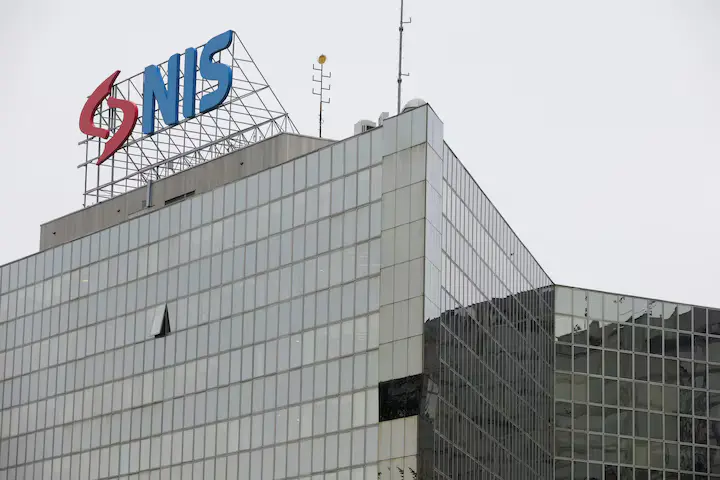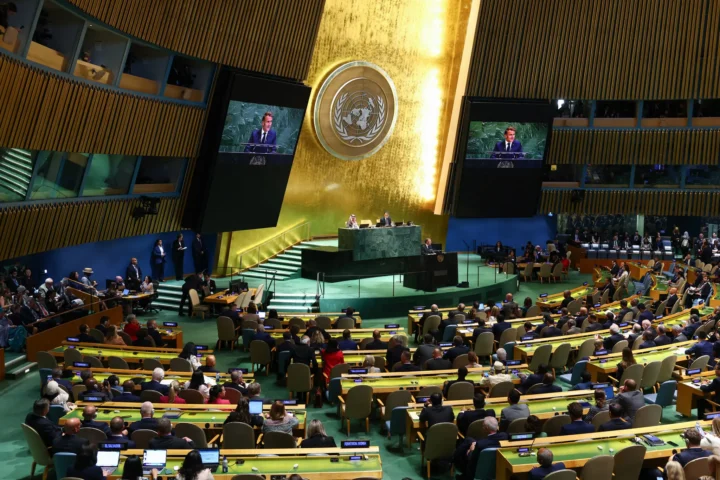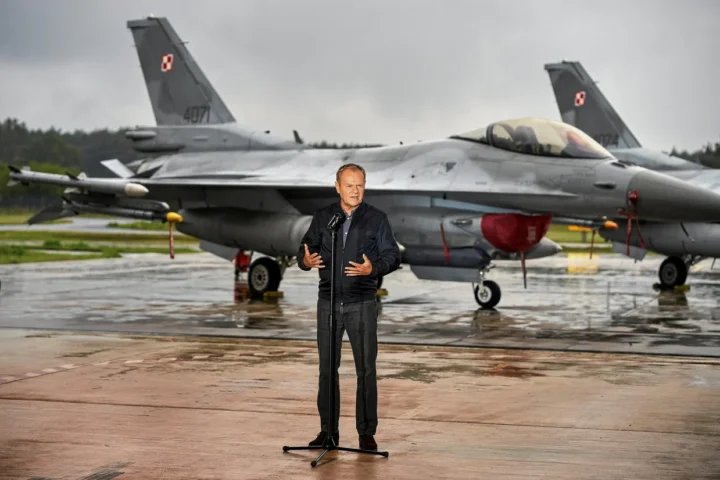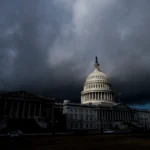Serbia Energy Trap
The U.S. has once again given Serbia a waiver to keep its Russian-owned oil company, NIS, running. It’s the sixth time. Without it, Serbia would face a major fuel crisis.
NIS runs the only oil refinery in the country, in Pančevo. If it shuts down, Serbia would need to find new suppliers fast—and likely pay a lot more. That means fuel shortages, price hikes, and political headaches. The country simply doesn’t have a backup.
Here’s the problem: NIS is majority-owned by Russian companies, including Gazprom Neft, which is under U.S. sanctions for Russia’s war in Ukraine. So while Washington tries to choke off Russia’s oil profits, Serbia’s economy is caught in the crossfire. It needs Russian oil to keep running.
President Vučić has said it plainly—cutting off NIS would hurt Serbia badly. The country relies on pipelines from Croatia to bring in crude. If anything goes wrong there, the whole energy supply chain could break down.
More Waivers, Less Time
Since early 2025, the U.S. Treasury has granted 30-day waivers to keep NIS alive. Each one kicks the can down the road. Serbia gets a little more time to figure things out. But that time is running out.
Each extension comes with pressure. Serbia pleads for more time. The U.S. reminds them this is temporary. Washington wants Serbia to cut ties with Russian energy—but without causing collapse.
The newest waiver buys another month. But nothing’s solved. Serbia has talked about buying out the Russian stake in NIS, but it would cost hundreds of millions. That’s money Serbia doesn’t have unless someone else steps in.
Stuck Between Powers
This is what geopolitical pressure looks like up close. Serbia is trying to keep a relationship with Russia, move toward the EU, and stay on good terms with the U.S.—all at the same time. It’s a balancing act, and energy is the tipping point.
The U.S. knows a sudden cutoff could spark a crisis, not just in Serbia, but across the Balkans. That’s why it keeps extending the waiver. Still, the message is clear: diversify your energy or face the fallout.
Serbia has started looking at alternatives—more oil from neighbors, talks with non-Russian suppliers—but switching won’t happen overnight. Infrastructure needs upgrading. Deals need to be made. It takes time, money, and political will, and right now, Serbia doesn’t have enough of any of those.
This isn’t just Serbia’s problem. It shows what happens when sanctions meant for global powers hit smaller countries with fewer options. Washington wants to stay tough on Russia. But it can’t ignore the pressure that puts on countries like Serbia.
What’s Next?
Serbia is running out of time and options. The next waiver might come—or it might not. If it doesn’t, Serbia could face fuel shortages fast. If it does, it just delays the same hard decision.
To move forward, Serbia has to break its dependence on NIS. That means outside investment, buying out Russian stakes, and getting serious about energy deals with Europe. Until that happens, the country’s energy future is out of its hands.
The U.S. waiver keeps the lights on. But it doesn’t fix the problem. Serbia needs to decide whether to keep patching the system—or start changing it.









